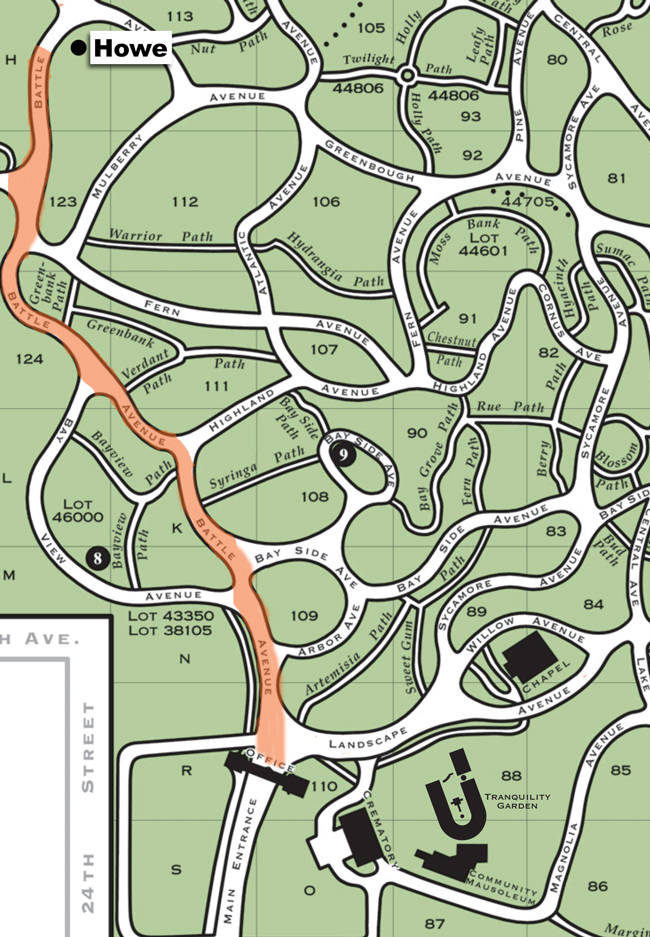 If you walk up Battle Avenue and continue past the Civil War Memorial, at the next shady intersection on the right is a large family plot. I found this one on my own, and for the longest time thought it was only interesting because this family had such a lovely and touching headstone for their family dog:
If you walk up Battle Avenue and continue past the Civil War Memorial, at the next shady intersection on the right is a large family plot. I found this one on my own, and for the longest time thought it was only interesting because this family had such a lovely and touching headstone for their family dog:
Only a dog, do you say, sir critic?
Only a dog, but as truth I price,
The truest love I have won in living
Lay in the deeps of her limpid eyes.
Frosts of winter nor heat of summer
could make her fail if my footsteps led.
And memory holds in its treasure casket
The name of my darling who lieth dead.
Christ, that kills me. The first time I read it, I burst into tears.
So yeah, on my walks I would routinely go visit Fannie, and like a dumbass I never thought to look up Elias Howe, the familiar-sounding name on the monument.
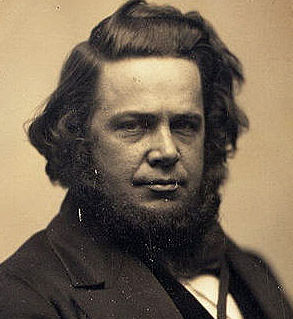 Elias Howe’s name is one of those that triggers an I-Remember-That-From-Junior-High-Social-studies, but that you can’t quite place. Well let me (and the Internet) help you: He’s the guy who is generally credited with inventing the sewing machine.
Elias Howe’s name is one of those that triggers an I-Remember-That-From-Junior-High-Social-studies, but that you can’t quite place. Well let me (and the Internet) help you: He’s the guy who is generally credited with inventing the sewing machine.
Howe was born in 1819 on a farm in Spencer, Massachussetts. His father was also an inventor– he came up with the idea of putting springs in mattresses (instead of hay, which was commonly used at the time)(and sounds horrible in so many ways).
Howe worked on the family farm doing some pretty hard labor starting around the age of six. When he was sixteen he went to work at a textile mill; he quickly learned how to do repairs on the machinery, and thus began the engineering/mechanical education that eventually lead to the invention of the sewing machine.
The sewing machine, by the way, was not a new idea. There had been several primitive models prior to this, but none of them really worked very well. It wasn’t until Howe invented the “lock stitch” –the needle had the hole in the bottom rather than the top–that the machine truly became successful.
From Alex Askaroff‘s excellent biography:
Shortly before Elias had his machine patented he had to prove its worth. In a hall at the Quincy Clothing Company Elias set up a large demonstration of his sewing engine.
For 14 days Elias Howe Jr sat at his chair and sewed up every bit of clothing that was brought to him. Tailors brought him the worst they could find but he sewed it all. He sewed against the best and the fastest ladies and bets were wagered, he beat them all.
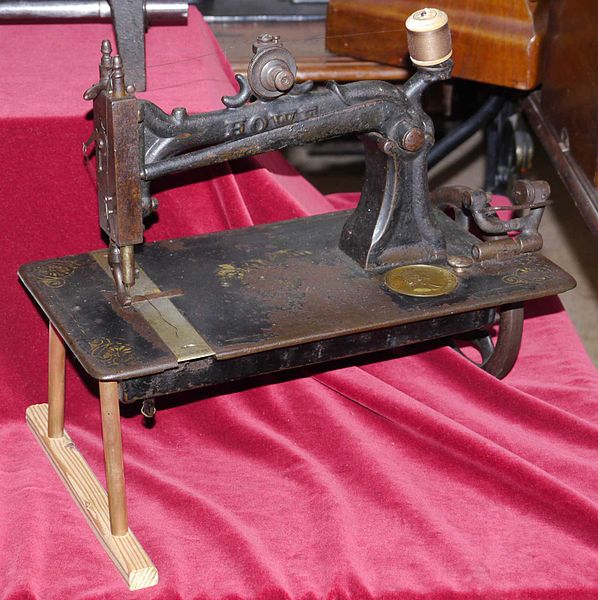
Long story short, he patented his machine in 1846, and then spent the next decade or so battling bitterly in court with Isaac Singer (of Singer Sewing Machines) and Walter Hunt (inventor of the safety pin and fellow Green-Wood resident), both of whom claimed to have invented it. He eventually won.
Howe’s estate was worth $13,000,000 when he died in 1867 at the age of 48.

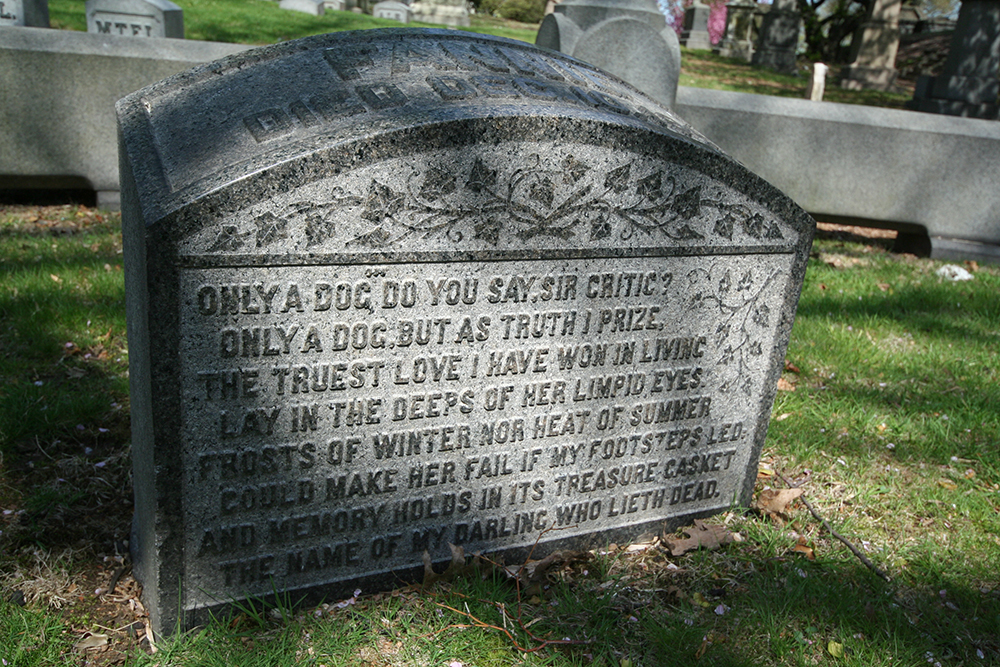
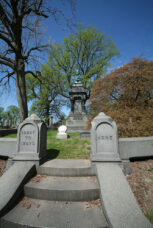
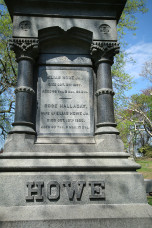
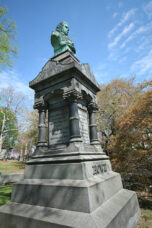
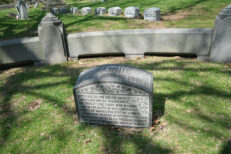
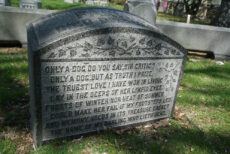
Go Walter Hunt! Let’s start the Walter Hunt Appreciation Society! Hurray for Safety pins!